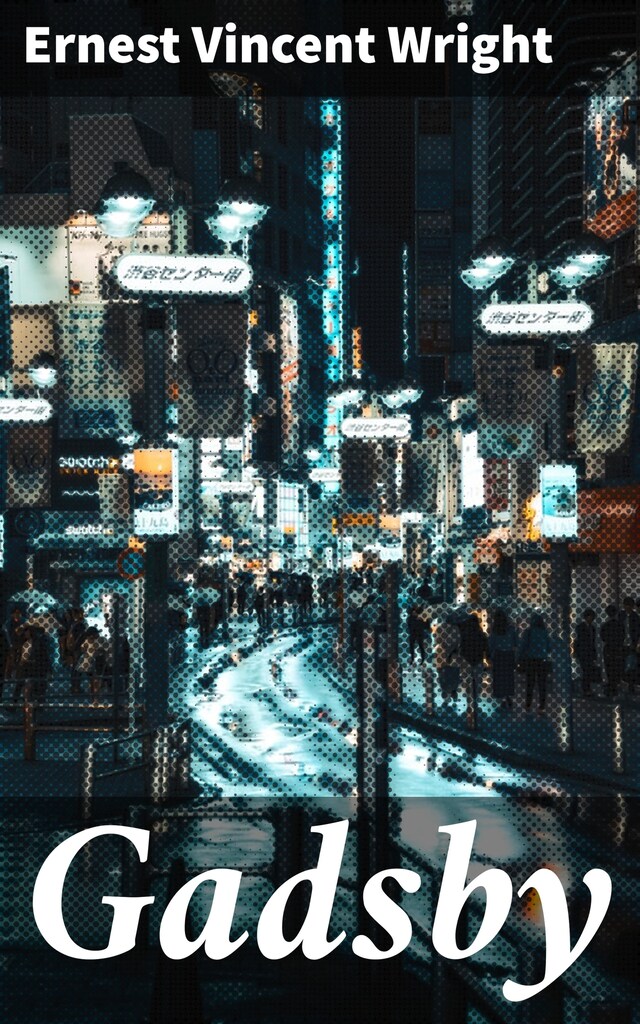
Gadsby
A Story of Over 50,000 Words Without Using the Letter "E"
Buchbeschreibung
In "Gadsby," Ernest Vincent Wright presents an extraordinary narrative that captivates the reader with its unique constraint: the entire text eschews the letter 'e.' This pioneering work of constrained writing, often referred to as a lipogram, explores the themes of community, ambition, and the quest for identity within the fictional city of Branton Hills. Wright's literary style is characterized by its intricate wordplay and inventive language, showcasing his ability to convey deep emotion and intricate plot developments without the most commonly used letter in the English alphabet. Published in 1939, "Gadsby" stands as a testament to the avant-garde literary movements of the early 20th century, often resonating with the Dada and Surrealist ethos of defying conventional narrative forms. Ernest Vincent Wright, an author and playwright, possessed a profound interest in language and an affinity for unique storytelling methods. His dedication to linguistic experimentation likely stemmed from his background in theater and passion for creative expression. These influences coalesced into the conception of "Gadsby," a work that not only challenges the boundaries of literary form but also reflects Wright's desire to engage readers in a dialogue about the nature of storytelling itself. For readers seeking a remarkable literary experience that stretches the imagination, "Gadsby" is a must-read. Wright's brilliance in crafting a cohesive narrative under such restrictions not only entertains but also invites contemplation on the dynamics of language and literature. This book is essential for both admirers of experimental literature and those curious about the possibilities of written expression.
 Ernest Vincent Wright
Ernest Vincent Wright 175 Seiten
175 Seiten